
Leptis Magna
Leptis Magna is the biggest city of the early region of Tripolitania. It is situated 100km southeast of Tripoli on the coast of Mediterranean, Libya.
Leptis Magna Libya covers some of the world’s excellent remains of Roman architecture. It was labelled a UNESCO World Heritage site in 1982. You could even Google the Leptis Magna map in order to find out the locations to each monument.
History
Leptis was founded in the 7th century BCE by Phoenicians of Sidon or Tyre; though Carthaginians later established it. Its natural port at the gateway of the Wadi.
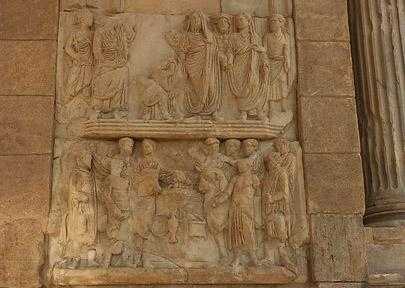
Labdah accelerated the city’s growth as the chief Mediterranean and Trans Saharan trade hub, and it became a marketplace for agricultural production in the prolific coastland area. The name Leptis Magna differs from Leptis Parva.
The remains of Leptis Magna are situated in Khoms, Libya. The place is one of the most stunning and intact Romans remain in the Mediterranean.
After the end of the third Punic war in 146 BC, Leptis Magna became a part of the Roman Empire. During the supremacy of Augustus, Leptis categorized as a free community over which the governor had the least control.
Leptis Magna lived as a free community ’till the Roman emperor Tiberius came to power. The city and the surrounding vicinity in the empire as part of the territory of Africa. It quickly became one of the prominent cities of Roman Africa and a chief trading workplace.
Leptis acquired fame at the beginning of 193 AD, when Lucius Severus, a local Berber son, became King. His first priority was always his hometown than other provincial cities.

The building and wealth he smothered with made Leptis Magna the 3rd most significant city in Africa, beating Carthage and Alexandria. When the city came under Arab supremacy, it vanished since 640 AD. The city was long forgotten by the 10th century and shrouded by sand.
Masked by sand till the 20th century, Leptis still maintains traces of Punic buildings near the mined shield of its amphitheatre and its ancient setting, the heart of the city in Roman periods. From this core, the city extends westward next to the coast.
Arch of Septimius Severus Leptis Magna
Lucius Septimius Severus was one of the greatest Roman emperors. He reigned from 193 AD to 211 AD in York, Britain. He was originally from Berber and was born on 11th April 145 AD.
His father Publius Septimius Geta was an affluent man who had no connection with politics. His mother, Fulvia Pia, on the other hand, belonged to Italian Fulvius gens; she was of Plebeian origin.
After he developed through the customary succession of offices, he initially held power after the demise of King Pertinax in 193, ousted the ruler Didius Julianus, and

2nd-century structures consisting of well-maintained baths constructed under the ruler Hadrian and a circus that is 460 meters long. The long-lasting monuments were built throughout the supremacy of Severus.
Connecting the city centre to the port was a colonnaded street about 410 meters long that ended in a rounded open space ruled by complexly designed nymphaeum.
Leptis Magna’s two significant roads crossed under a large four-way curve, a te
Amongst other buildings constructed throughout that time were a canal 19 km long, an intricate compound of buildings on the left side of the wadi.
The present arch of Septimius Severus is an imitation of the original arch, which has been shifted to Tripoli. The magnificent theatre by the sea was constructed in the course of Severus Empire, as well.
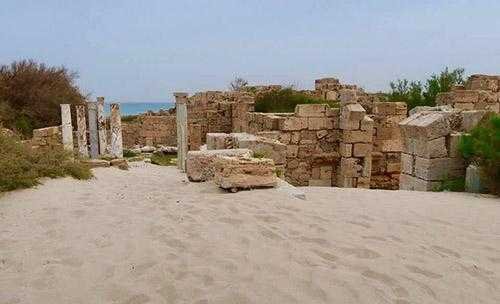
Its outstanding museum holds several significant pieces of the city’s history, such as Pollux, the mythological Gemini twin Castro, few portrait damages found dispersed over throughout the ruins, the stone elephant, and two Aphrodites form the baths.
Leptis Magna Sabratha
Sabratha’s harbour was founded in 500 BCE, it was one of the ancient triplets of cities, comprising of Sabratha, Oea, and Leptis Magna, hence the name Tripolitania. The natives of this established community were preserved from local tribal attacks by a sturdy wall.
Sabratha like Oea and Leptis Magna was incorporated in the profitable coastal area called as the Emporia, under Carthaginian domination.
Albeit Leptis was elevated to the position of a colony by the ruler Trajan, it seems that the natives of Sabratha maintained their ancient Punic type of government, led by two spheres, ‘till probably the supremacy of Antoninus Pius.
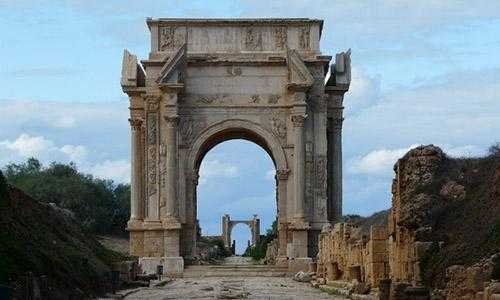
At that time Sabratha became a colony, and the sulphates were made duoviri. The community pride brought wealth and royal recognition to the citizens of sabratha, who at that period retained shipping offices at Ostia on the Tiber, directed them to follow their fellow city Leptis Magna in restoring the public buildings of their city.
Leptis Magna facts
By 439, the rest of the city of Tripolitania along with Leptis Magna fell under the supremacy of the Vandals, when their ruler, Gaiseric, seized Carthage from the Romans and made roman it’s capital.
Sadly, for the citizens of Leptis Magna, Gaiseric commanded to destroy the city’s walls in order to deter its citizen from revolting against Vandal reign. The native of Leptis and the Vandals had to suffer big time for this in 523 AD when a group of Berber robbers ruined the entire city.
Belisarius- the general emperor Justinian I of the Byzantine Empire, after ten years, regained Leptis Magna under the name of the Roman Empire. In 533-534 it was re-included into the kingdom.
Leptis Magna was made a provincial capital of the Eastern territory, however, never regained from the havoc inflicted upon the city by the Berbers.
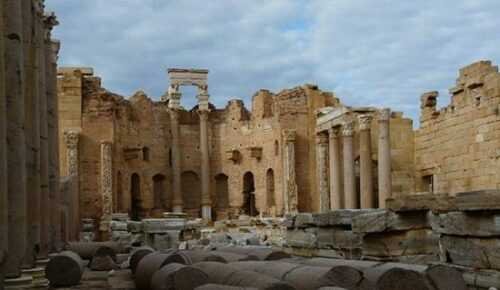
In 544, in the region of Sergius, came under an attack of Berber community, after attaining success, Sergius was degraded to withdraw into the city, with the Leuathae society association camped outside the gate insisting payments.
Sergius permitted 80 deputies into the city to represent their petition. However, when Sergius tried leaving the conference, he was apprehended by one of the deputies and crammed by others.
There were some baseless reports that Leptis Magna was used as a shield for military transportation and tanks by pro- Gaddafi armed forces throughout the 2011 Libyan Civil War.
When asked concerning the possibility of organizing an airstrike on the old site, NATO quickly declined to dismiss the possibility of such an act stating that it hadn’t been yet confirmed that the place was a cover for carrying out military vehicle and tanks.
Read Also:
Prepare for hiking in the mountains
Image Credit


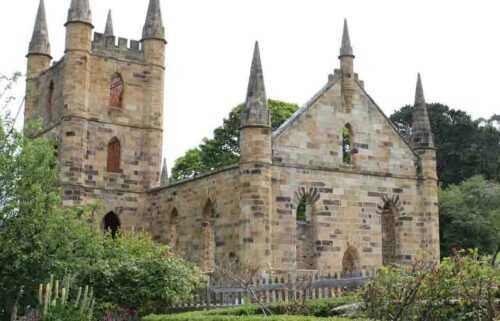


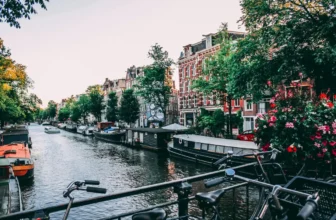
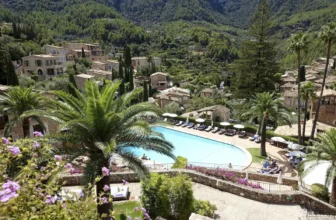
Good one. Thanks for sharing a nice piece of info.
Nice article!
Great post!
Very good this site opened my mind
Thank you for such a nice article
I just have to thank you, because it’s very difficult to find valuable information like your blog today, thank you very much.
it’s very informative blog thanks for sharing with us.